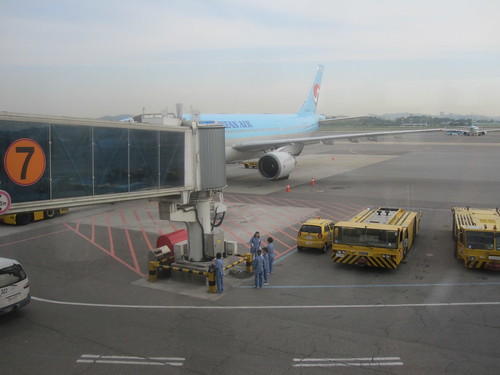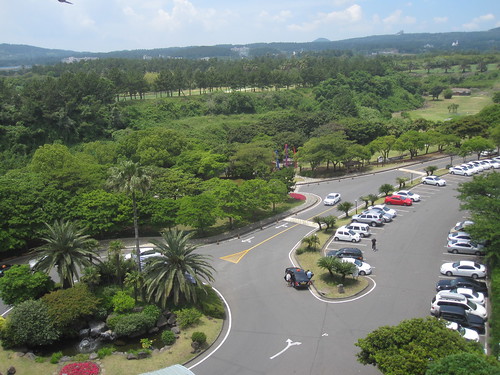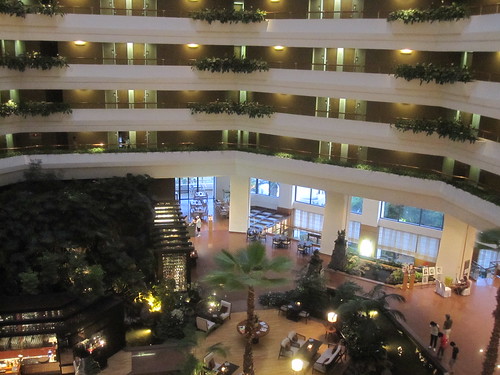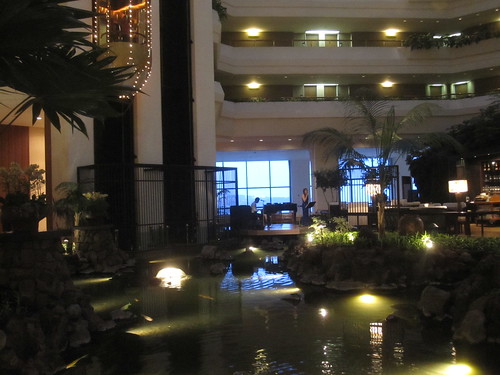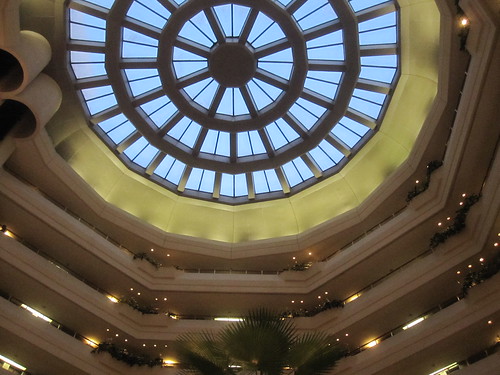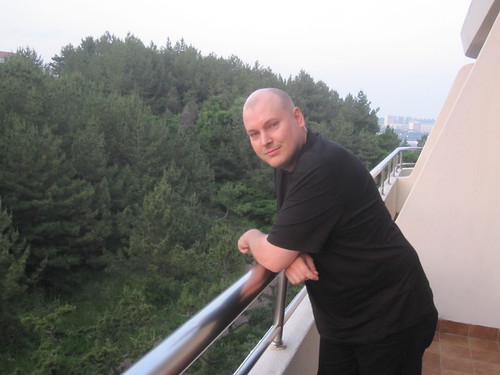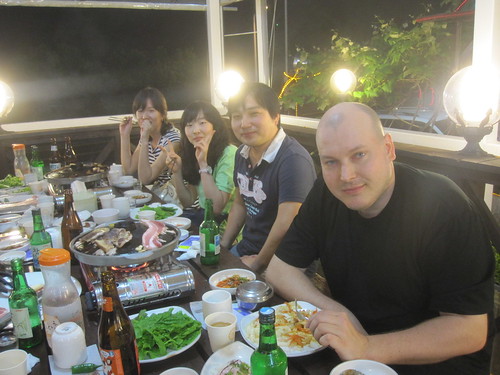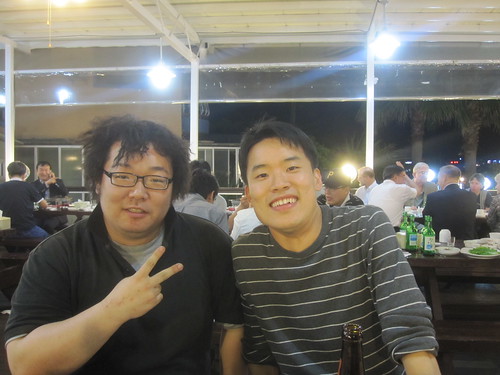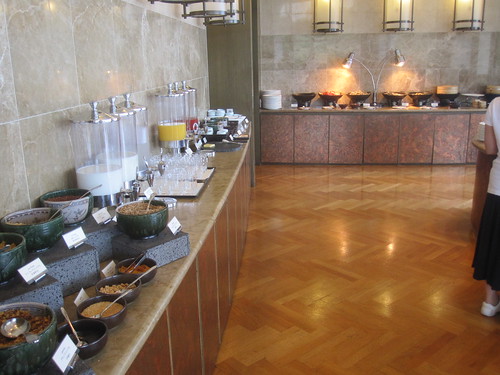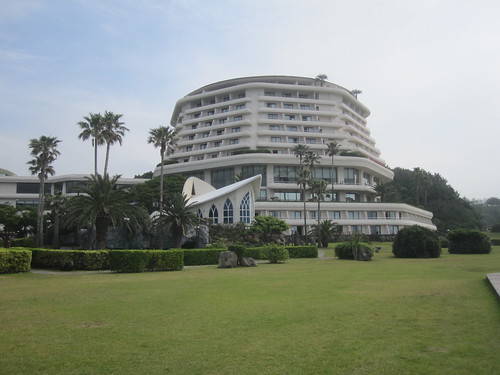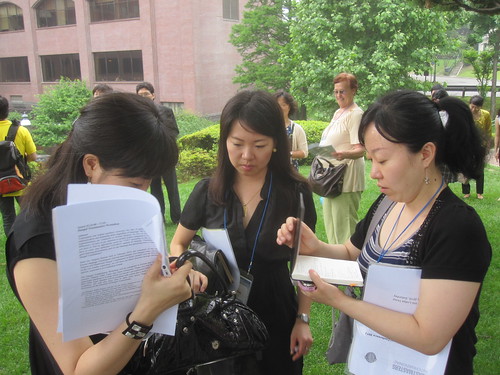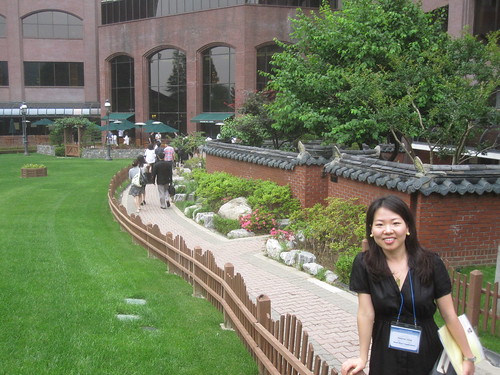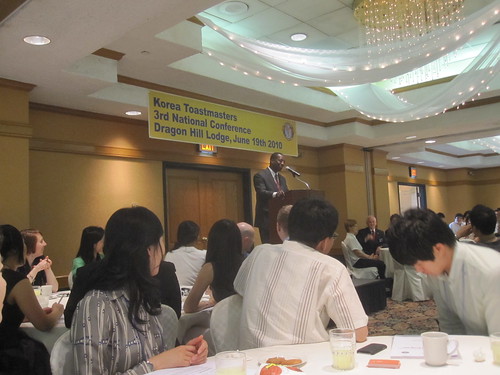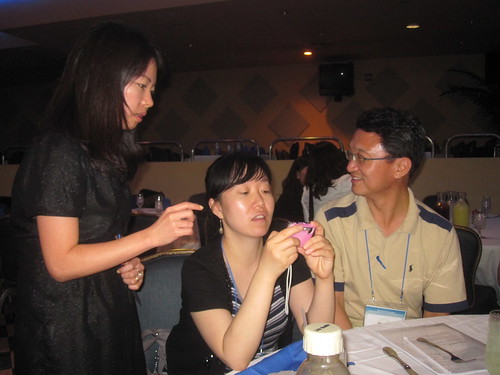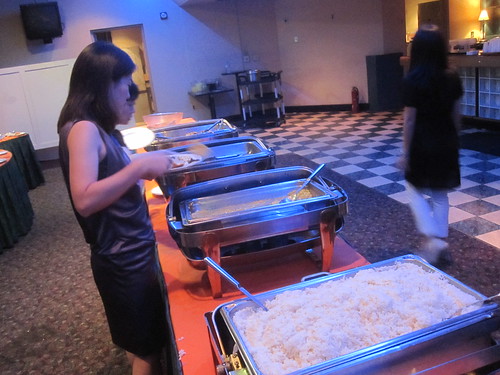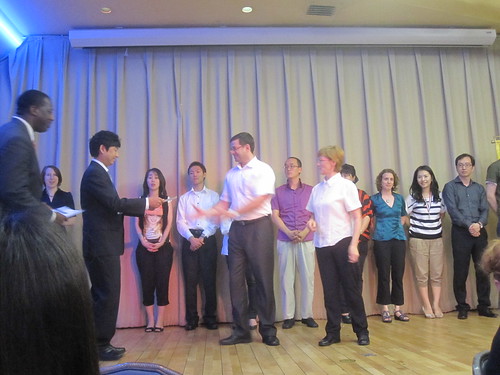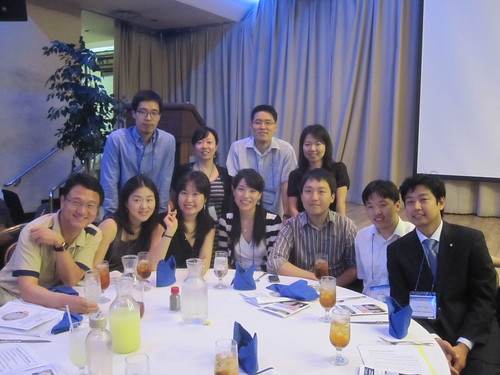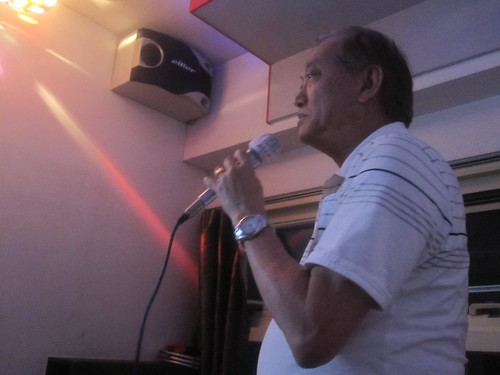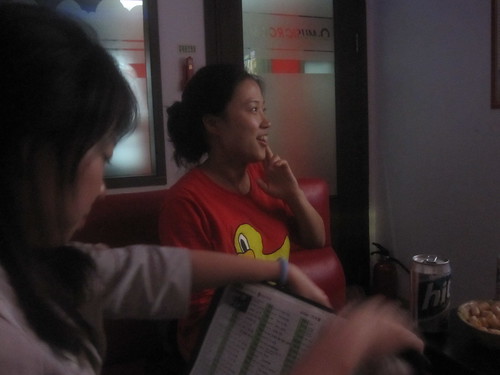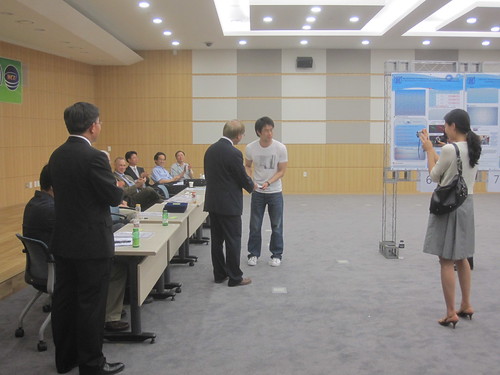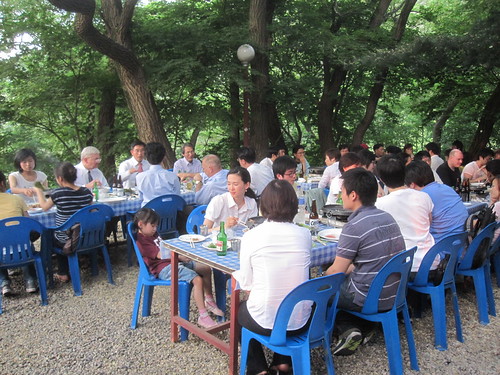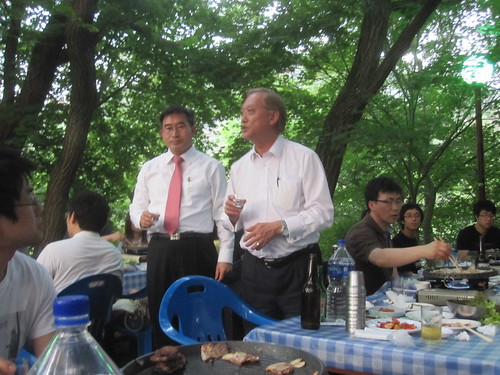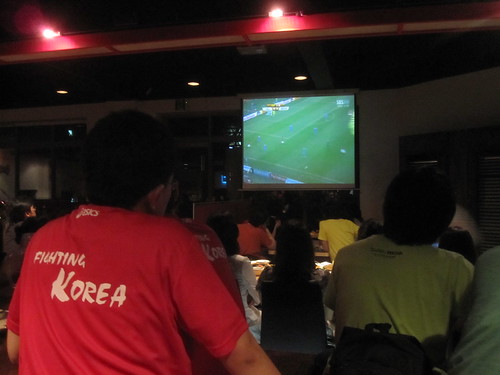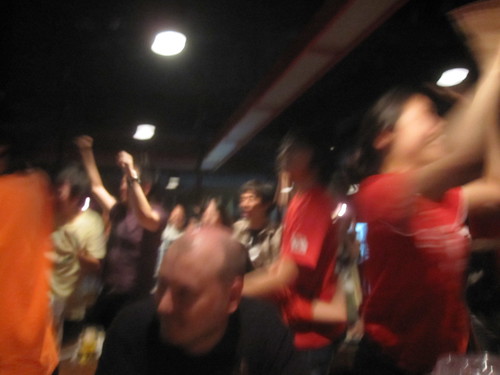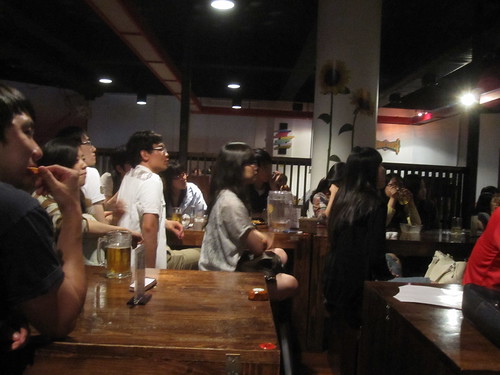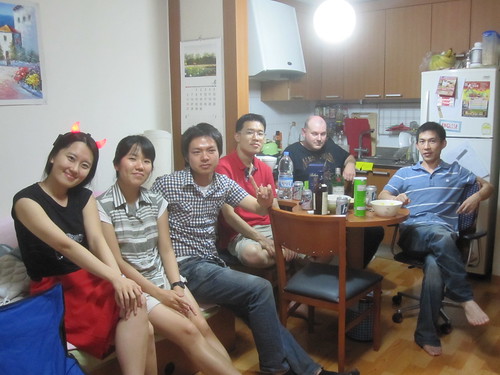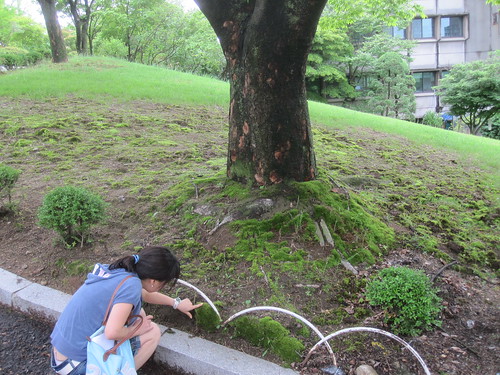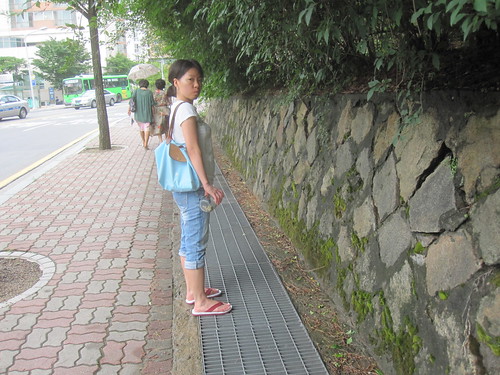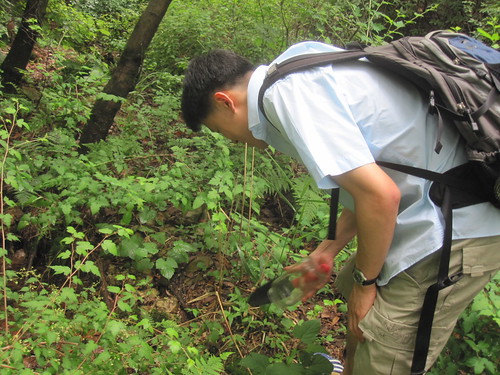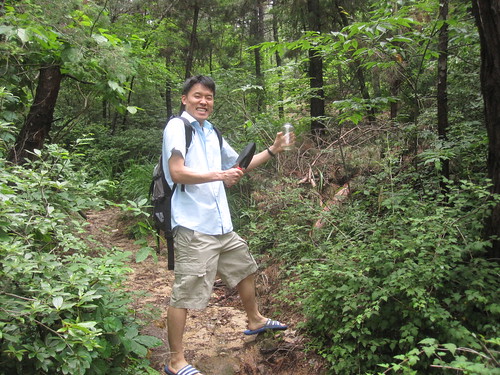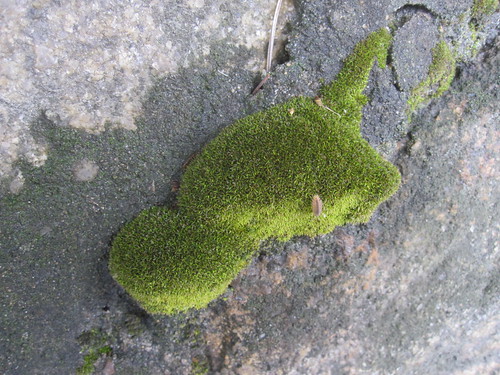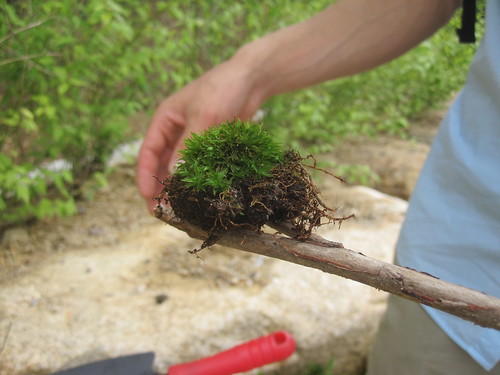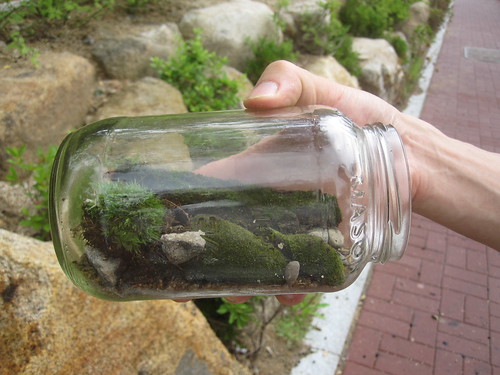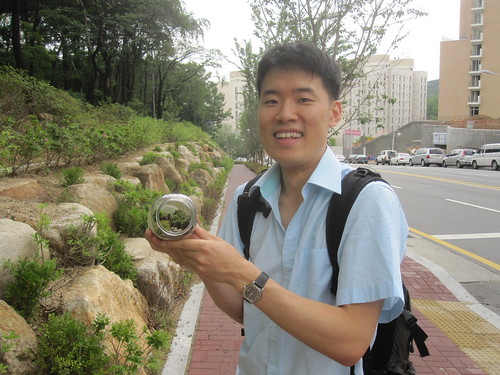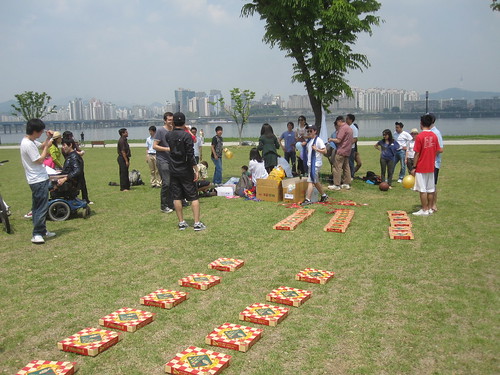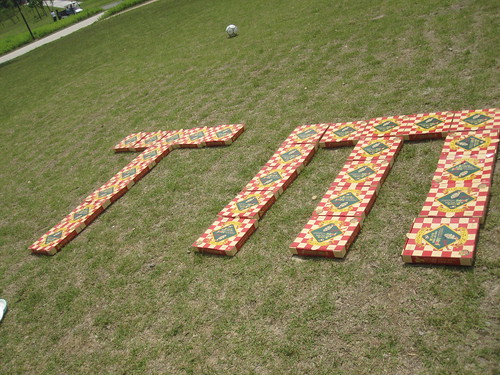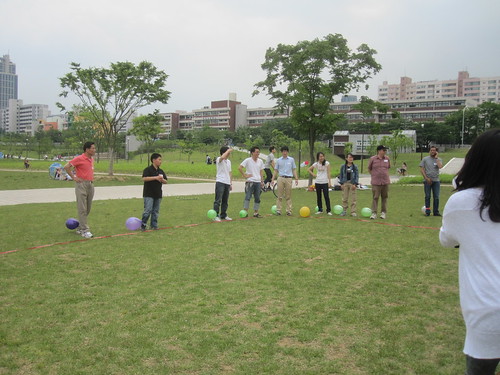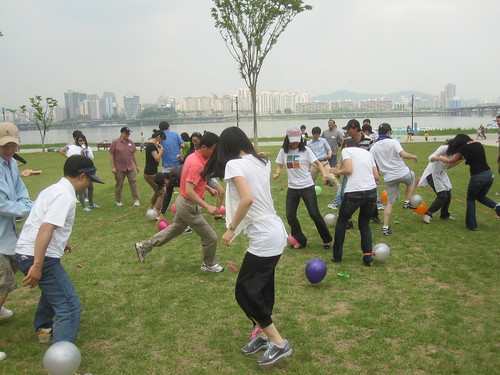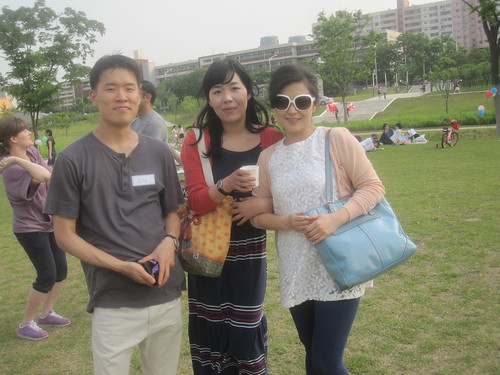Nice surprises might be the conduit through which the mathematical laws of nature remind you that life isn't so bad after all. They also say that luck is where preparation meets opportunity, and so I guess the best philosophy is to always be ready for everything.
Not long ago, I was abruptly asked by my professor "How would you like to go to a science conference in Jeju tomorrow?"
Prior to this disorientating question, it was supposed to be a Friday afternoon in winding-down mode. The conference was due to begin on Saturday.
Prior to this disorientating question, it was supposed to be a Friday afternoon in winding-down mode. The conference was due to begin on Saturday.
Around twelve hours later, I found myself mildly dazed in Kimpo airport clutching a backpack, a boarding pass and a brochure for the Germ Cell, Stem Cell and Reproductive Biology Symposium.
I like flying for three reasons. The first is because I like eating aeroplane food. Tasty or not, there's just something I find intriguing about buttering bread rolls and removing tin foil lids from steamed dishes at 30,000 feet. The second reason is because in-flight entertainment these days is much better than the plastic Cathay Pacific airplane model kits I used to get when I was young. You can watch all sorts of documentaries and movies on board. I really like the multiplayer trivia game on Malaysia Airlines, although no one onboard ever wants to play with me.
On our short flight to Jeju we received neither aeroplane food nor in-flight entertainment. But I still enjoyed it for the third reason that I like flying.
And that is because you're going somewhere distant.
We arrived at Jeju airport in the afternoon and were taken by coach bus to the symposium venue, the Hyatt Regency. Although the other student participants were accommodated at a nearby discount minbak, we were somehow fortuitously booked into the Hyatt, possibly because our professor is Canadian.
In general, Korean and Western professors have differing opinions when it comes to graduate students.
The rooms were nice. I've come to notice that you can often gauge how good a hotel room is by seeing how well the curtains block out the light during the day time. Cheap hotels are generally fairly bright during the day, even with the curtains drawn. If you have nice heavy duty curtains though, it keeps the room really dark, making it easier to accidentally sleep in and arrive late for the morning seminars.
This was the hotel lobby, which adequately embodied my definition of a lobby fit for a James Bond type of secret agent.
Which is how I felt, at the time.
Live music played in the background, oblivious to whether anyone was listening. We later made friends with the musicians, whose names are Mark and Gigi.
The architecture of the building from the inside was quite inspiring. An engineer once told me that the optimum spacing between load-bearing columns supporting a roof is usually between 3 and 4 metres. This hotel had no columns and a large unsupported natural skylight spanning the tenth floor, which made me wonder what engineering ingenuity was at play in the blueprints.
When I was younger we had an enormous Lego set, and the Farrand brothers spent many weeks constructing various Lego citadels, complete with electronic railways with lights that worked. Stretching my mind back to that period, I guessed that the roof of this hotel was possibly constructed using I-beams.
This is Patrik Vahlberg, a Swedish post-doc who arrived to work in our lab. Right now, he and I are the only two people in the Tsang Lab at SNU. Patrik is a smart guy and suitably geeky for the position. He knows more about Star Trek than me, and enjoys playing Sid Meier's Civilization games. Nothing says geek more than turn-based strategy, and Patrik occasionally quotes voice actors from the game when the need arises.
I thought I knew a lot about Star Trek in general, but during a lengthy discussion of the mythology I asked him "Did you know there's a species from fluidic space who happen to be immune to Borg assimilation?"
His reply?
"Yes, that would be Species 8472."
Our first dinner was at a Jeju pork restaurant. The island is famous for pork meat, including 'poo-pig', which is the meat of our porcine friends who have been fed entirely on a diet of human excrement. Apparently there are places in the countryside where the toilets drop directly onto an enclosure, from which excited squeals emanate every time you drop a parcel.
But at this restaurant, we didn't eat poo-pig.
And the next morning we woke up to one of my favourite things in life, a good buffet breakfast. I really like nice surprises, as well as buffet breakfasts. Therefore, should my wife read this sentence rather than simply scroll past looking for interesting photos, she may (in her infinite wisdom) conclude that an excellent christmas/birthday/chuseok gift could be a surprise buffet breakfast.
This is the Jeju Hyatt from the outside. The architecture of the building reminds me of something specific, but I still haven't figured out what it is. A Dalek, perhaps? A cruise ship? I still have no idea.
Part II coming soon. Have a good weekend everyone!
